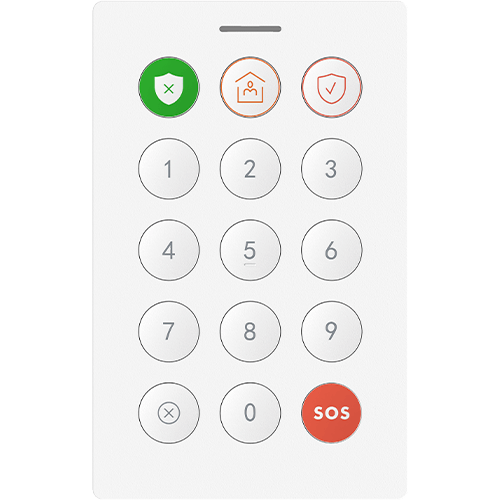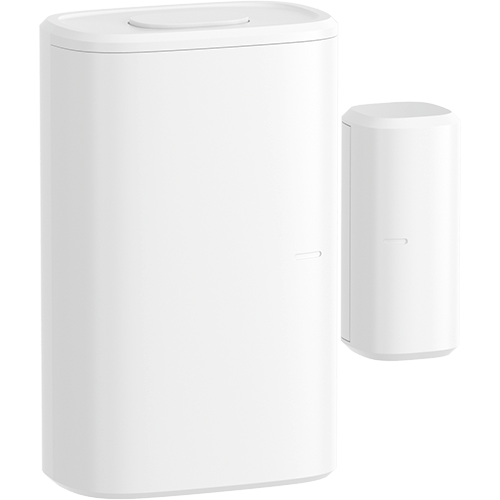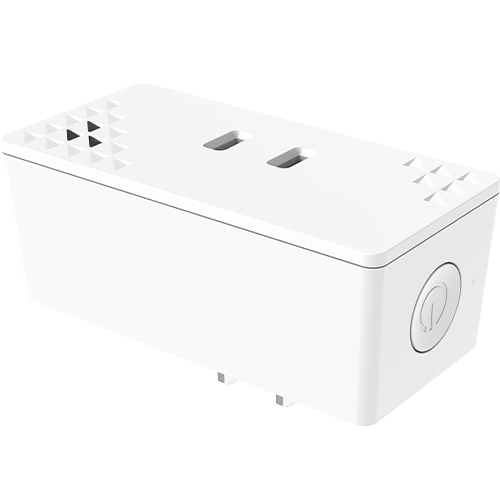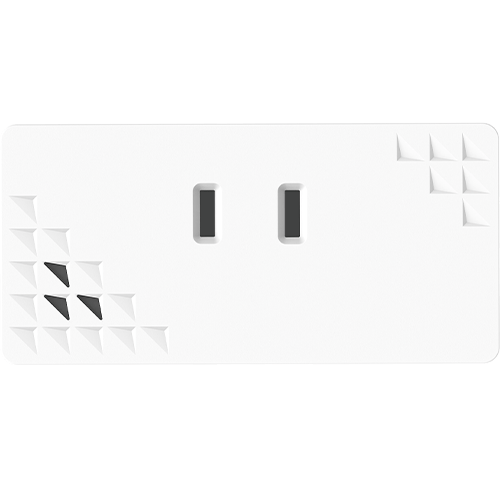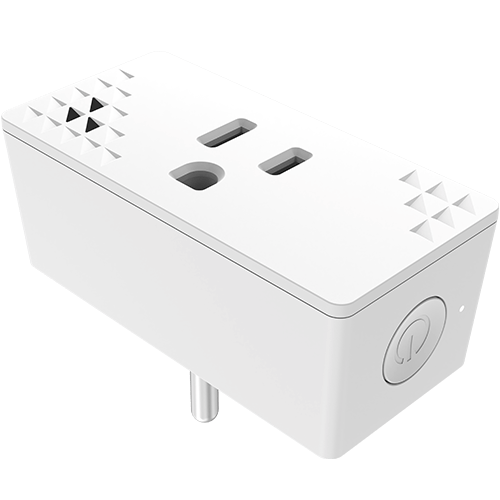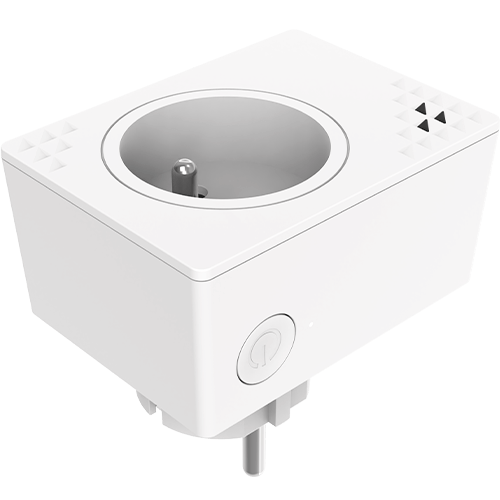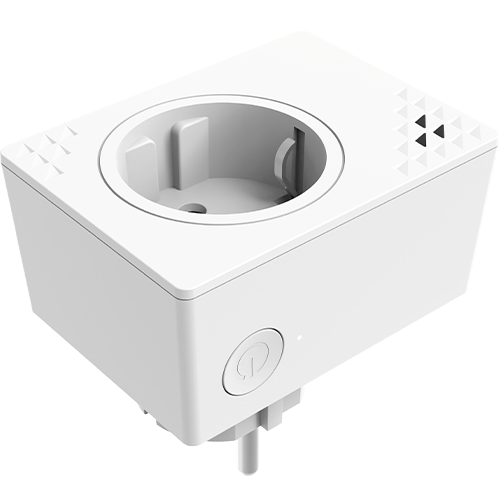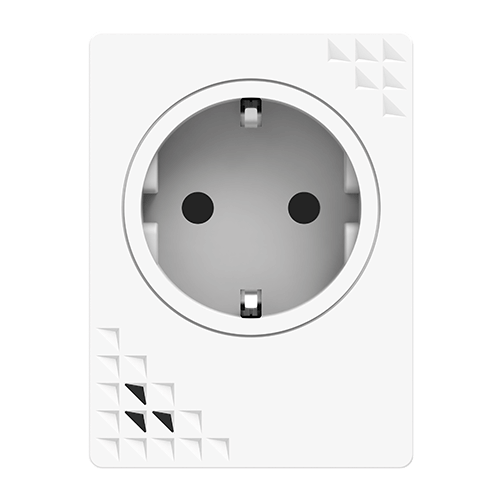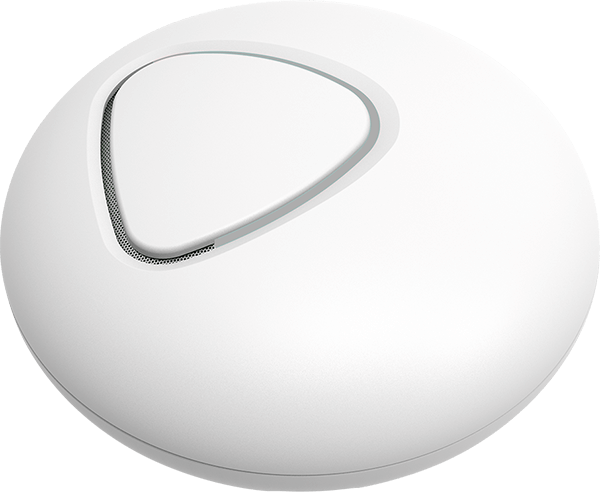Key Takeaways
- Occupancy sensing technology detects the presence of people in a room or space.
- Occupancy sensing is a function of several types of sensing technology, including Wireless Sensing, Ultrasonic Sensing, and PIR.
- Critical applications for occupancy sensing include energy management, home security, and healthcare.
What is Occupancy Sensing?
Occupancy sensing, or presence sensing, detects whether individuals are present in a given space.
Historically, occupancy sensing has been implemented in homes to control lighting and heating: Where no motion is detected, it is assumed that the space is empty and that lighting and heating can be powered down/off.
The most popular form of occupancy sensors, perhaps, are Passive Infrared (PIR) sensors which detect the heat radiated by people in a space.
In addition to PIR sensors, other occupancy sensors include:
- Ambient sensors pick up changes in temperature or humidity relating to human presence.
- Ultrasonic sensors detect the interruption in sound waves transmitted across a space.
- Wireless sensing (also known as WiFi sensing). This uses interruption in wireless network signals to determine whether or not an individual is present or moving.
Each sensing technology has pros and cons. PIR is cost-effective and easy to set up. However, it is prone to false alarms-human occupancy) and (set off by non-only provides binary data (indicating presence or non-presence).
Video-based and Wireless Sensing solutions can eliminate false positives and provide fine-grained occupancy data (for example, how many people are in a room simultaneously).
It’s important to differentiate between occupancy sensing and motion sensing. Occupancy sensing detects an individual’s presence, even in the absence of movement. While some technologies, like Wireless Sensing and Radar Sensing, excel at both, others, like PIR, are less effective at the occupancy sensing aspect.
Below, we consider how occupancy sensing can be applied in your smart home or building.
Occupancy Sensing Applications
Home Security
By detecting the presence or absence of people in a home or building, home security can be improved in the following ways:
Intrusion Detection
Occupancy sensors can alert homeowners to the unexpected presence of individuals in the home. In addition to alerts to homeowners, family members, and caregivers, security monitoring services can be alerted, and a physical alarm can sound.
Automatic Lighting for Security
Automated lighting based on occupancy detection saves energy and can deter potential intruders by simulating occupancy when the house is empty.
Integrated Security Systems
When integrated with other home security systems like cameras and alarms, occupancy sensors can trigger these devices to activate only when needed, reducing false alarms and focusing attention on real threats.
Energy Efficiency
Studies have shown that occupancy sensing and modeling can effectively save energy with heating, air-conditioning, ventilation (HVAC), and lighting. It has been estimated that it can result in savings of 30 percent for lighting and cooling costs.¹
Specific ways in which occupancy sensing can help conserve energy in your home or building include:
Automated HVAC and Lighting Control
By adjusting HVAC systems based on occupancy, these sensors ensure optimal energy use, maintaining comfort while minimizing waste.²
Data-Driven Energy Management
Advanced systems can learn occupancy patterns over time, enabling predictive adjustments to energy usage. This can be useful for predicting future energy consumption and working out building resource needs. For example, occupancy data may help determine how much office space is needed for a building with a hybrid arrangement.
Wellbeing
Generally speaking, monitoring and awareness of the well-being of individuals within the home (such as elderly or vulnerable family members) would be best achieved through motion sensing: Patterns in micro-movements (like sleeping and breathing) can be interpreted alongside larger movements like walking patterns to identify falls or growing health issues.
However, occupancy sensing also plays a part here:
- Optimizing light and HVAC for well-being
Automated lighting and HVAC based on occupancy can ensure that sick or vulnerable family members are always in a comfortable living environment. - Sleep detection
Occupancy sensing in sleeping areas can help determine whether individuals are getting enough sleep (by tracking the individual’s presence in the bedroom). - Unexpected absences
Occupancy sensing across the dwelling can help determine whether an ill family member has left the home unexpectedly or not returned as scheduled.
The Benefits of Wireless Networks for Occupancy Sensing
In light of occupancy sensing’s benefits, which technology should home and building owners use to detect occupancy more effectively?
There are a few reasons why we would suggest that Wireless Sensing is an effective technology for occupancy sensing:
- Accuracy
Popular PIR and Ultrasonic sensors are prone to false alarms. This is because they tend to struggle to detect stationary presence and micromovements. By contrast, Wireless Sensing can detect the smallest movements due to the fine-grained nature of the data it picks up. Furthermore, Wireless Sensing is ‘non-line-of-sight’ and can detect presence through objects and around corners. - Scalability
Modern Wireless Sensing devices tend to be ‘plug and play’, with coverage easily extended by adding additional devices. - Aesthetics
Wireless Sensing devices are small and unobtrusive. Most people will be unaware that such sensors are present. - Data Quality
Wireless Sensing can provide detailed occupancy data, allowing for predictive analytics based on occupancy. - Privacy and data protection.
No personal data is collected when wireless Sensing examines interruptions in Wireless Network signals, so all occupants’ privacy is fully protected. - Integration
As an AIot (“Artificial Intelligence of Things”) technology, wireless sensing integrates with other sensing technologies (like cameras) and connects to smart devices by app.
Occupancy Sensing in Homes and Buildings
Occupancy sensing, especially with motion sensing, is an important component of a smart home/building infrastructure. Wireless Sensing is one of the more recent occupancy sensing technologies and tends to be more accurate and respectful of individual privacy than other forms of sensing technology.
References
- Yang, J, Santamouris, M, Lee, SE. (2016). “Review of occupancy sensing systems and occupancy modeling methodologies for the application in institutional buildings.” Energy and Buildings, 121, 344-349.
- Santra A, Ulaganathan RV, Finke T (2018). “Short-range millimetric-wave radar system for occupancy sensing application“. IEEE Sens. Lett. 2018;2(3):1–4. doi: 10.1109/LSENS.2018.2852263
FAQ
Yes. While occupancy and presence sensors are the same, they should be distinguished from motion sensors: Not all devices effective at one form of sensing are effective at the other.
The main types of occupancy sensor technologies include:
- Passive Infrared (PIR): Detects changes in infrared radiation emitted by occupants
- Ultrasonic: Emits high-frequency sound waves and detects changes in the reflected waves
- Dual-tech: Combines PIR and ultrasonic technologies for increased accuracy
- Microwave: Uses microwave radiation to detect motion
- Camera-based: Utilizes image processing algorithms to detect occupants
Passive Infrared (PIR), Ultrasonic, Radar Sensing, Ambient Sensing and Wireless Sensing are all capable of being used for occupancy sensning.





